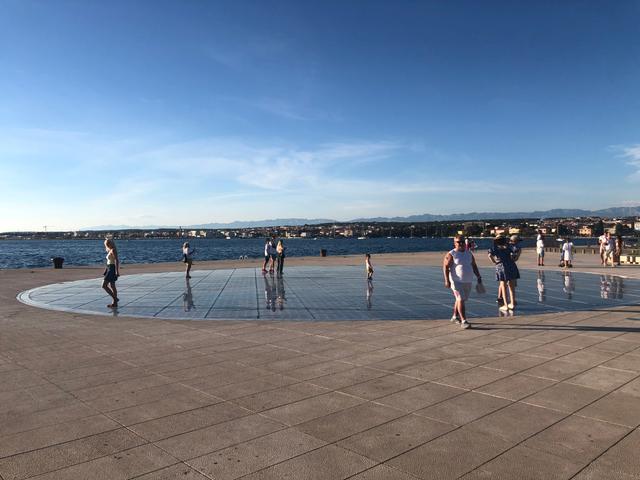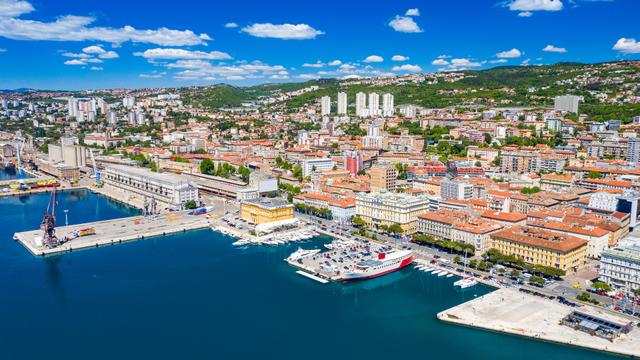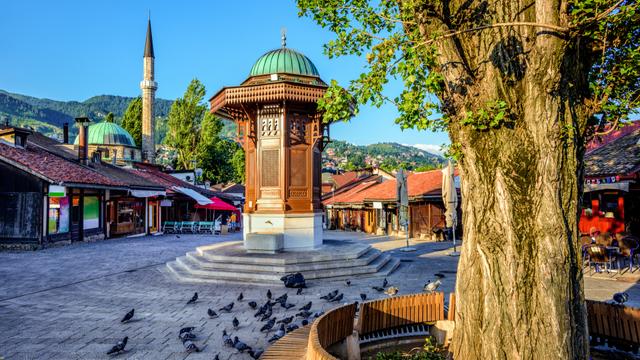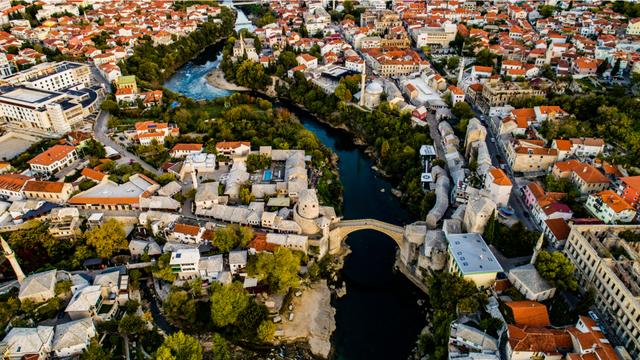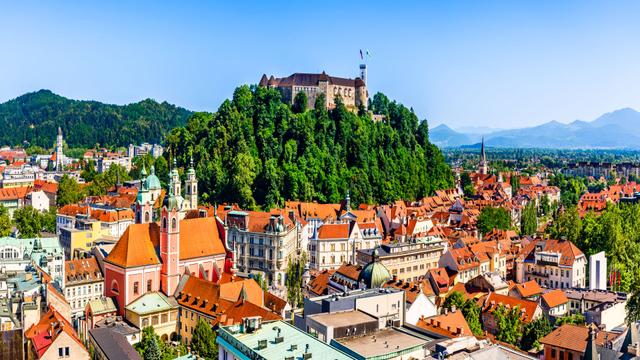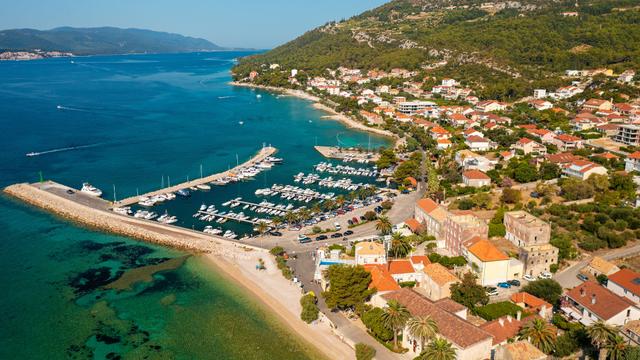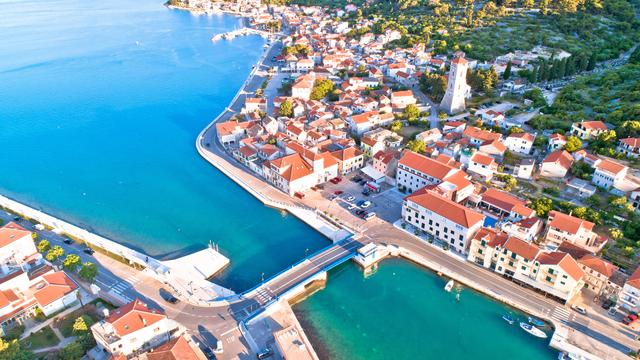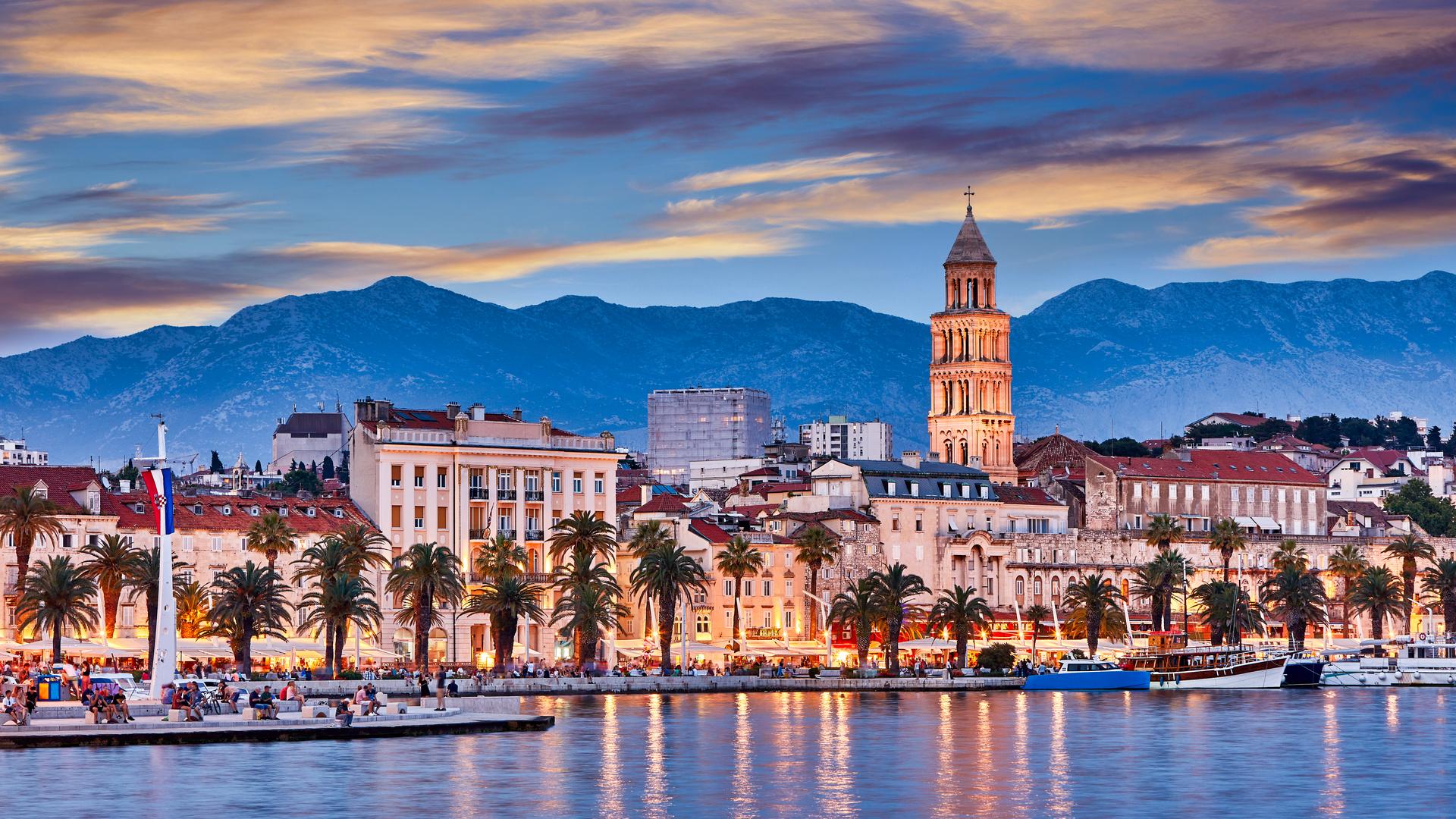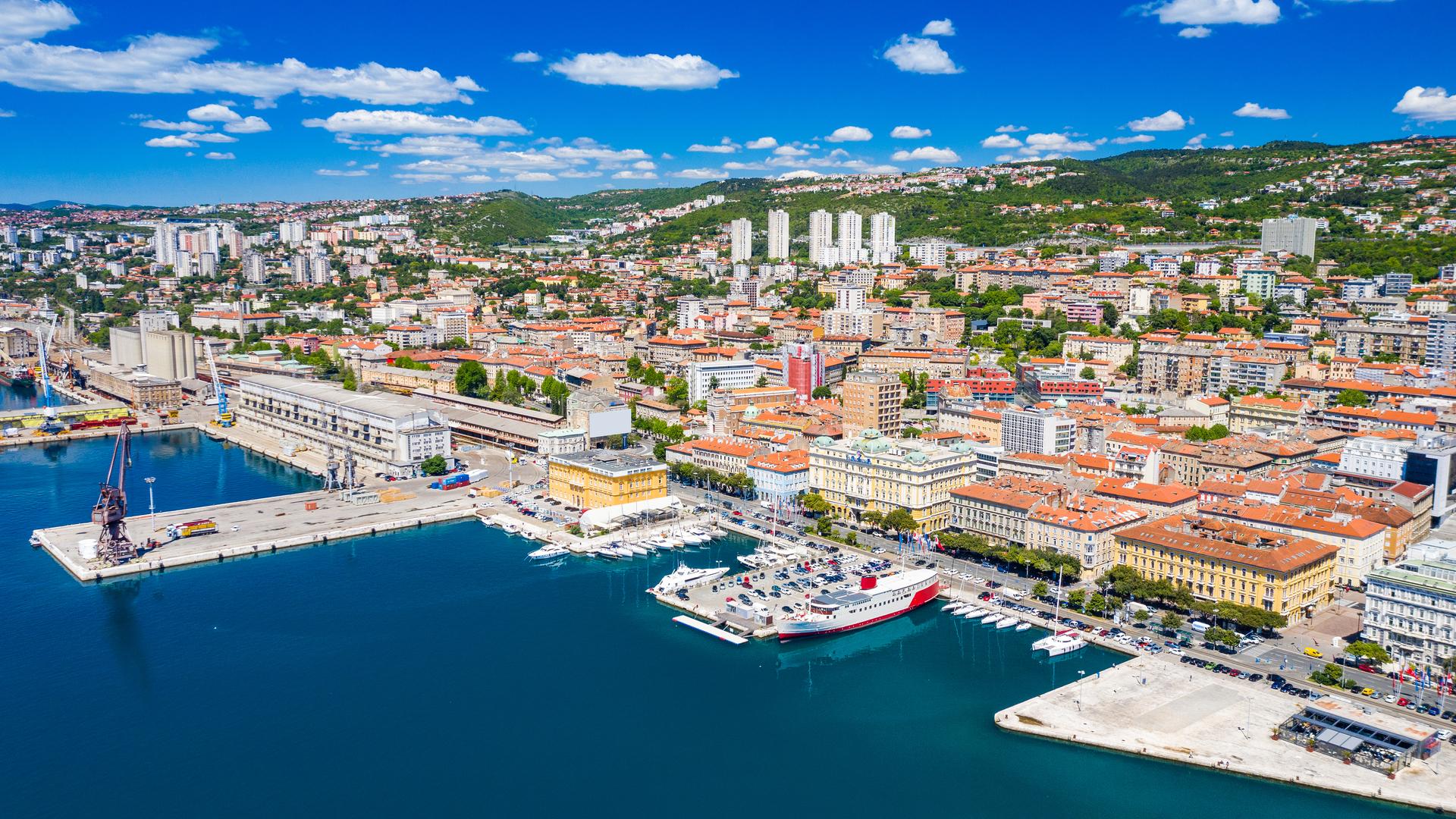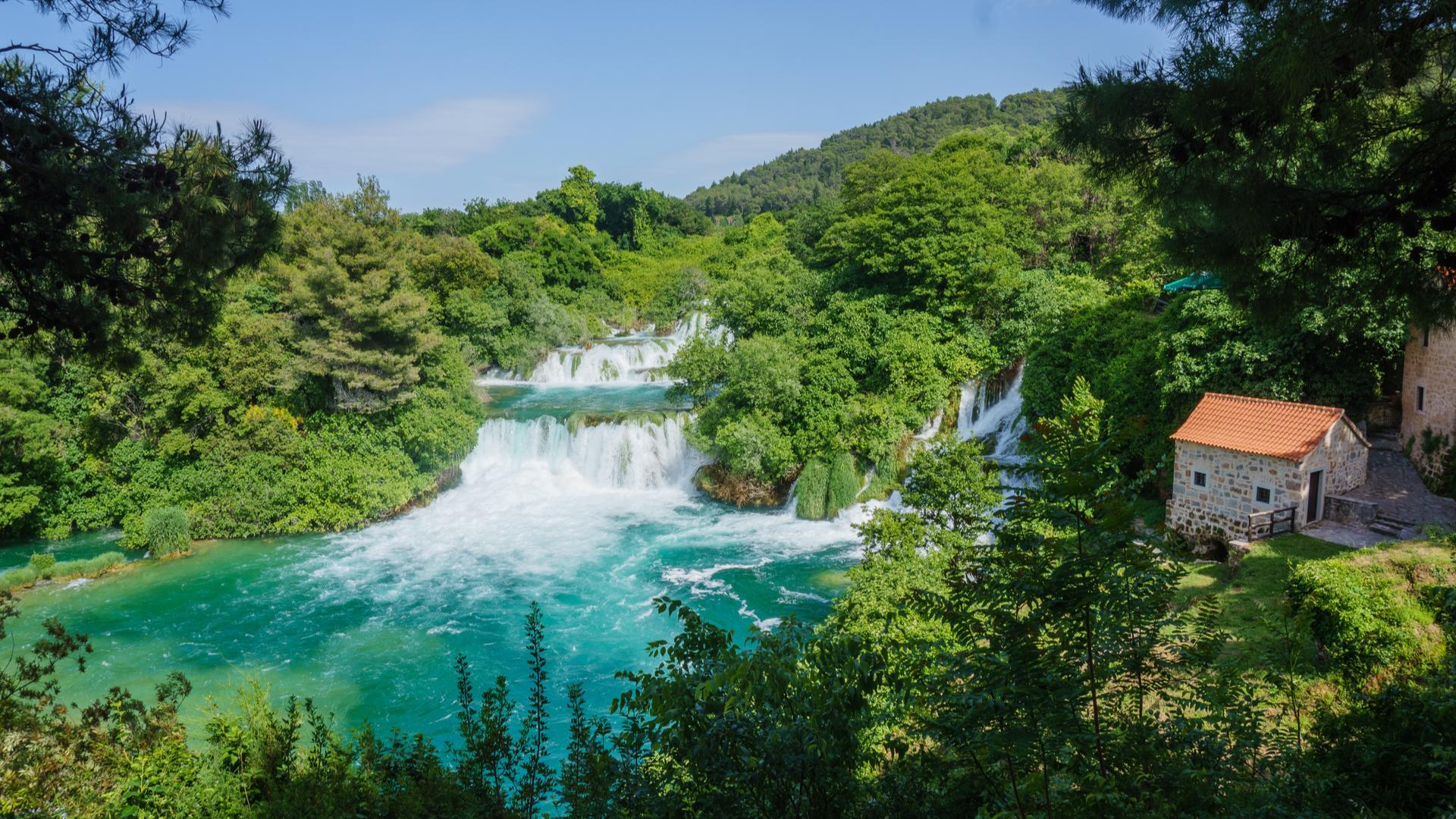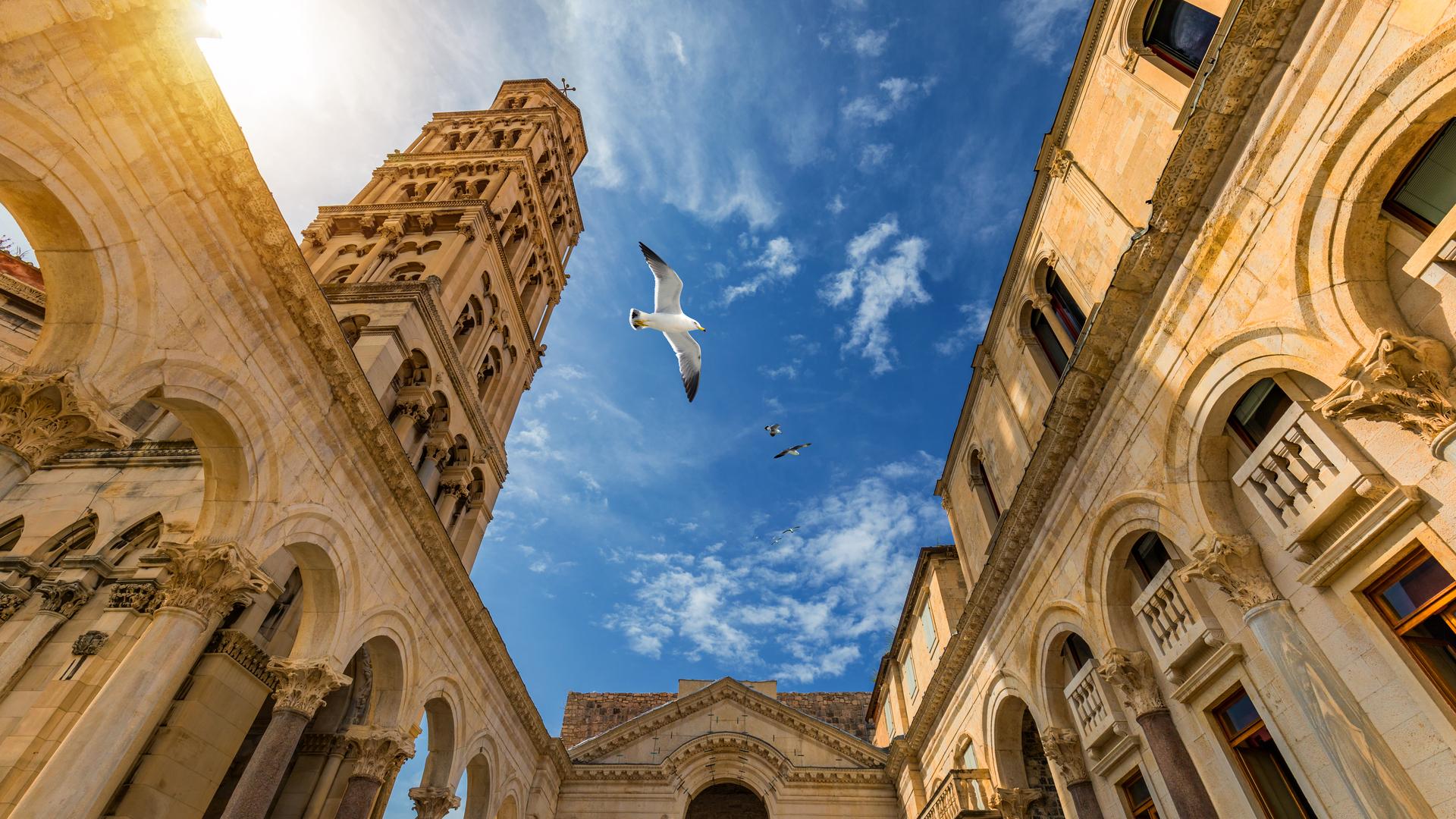Split - Krka - Rijeka
Similar popular transfers:
Private transfer from Split to Rijeka via Krka National Park
The best way to go and visit the city of Rijeka is to book a private transfer from Split to Rijeka.
MaciTours is a Croatian transfer service which offers the best prices for a private transfer. MaciTours has at its disposal a fleet of luxurious and premium vehicles that will make your transfer as comfortable as possible.
Rijeka is located some 400 km from Split and the duration of your transfer is around 4 h.
While travelling from Split to Rijeka, you may want to visit the National park Krka, where you will have up to 4 hours of free time to see the National Park Krka and explore its natural beauties. Contact MaciTours for rates for this Split to Rijeka via Krka National Park private transfer option.
On your way to Rijeka you may want to visit Zadar. If you want to visit this iconic city, book a private transfer Split to Rijeka via Zadar.
Contact MaciTours in regards to these two options.
The prices for a Split to Rijeka private transfer start at 400 euros (the price per vehicle, not per person).
Maci-Tours except these two options can offer You:
Private transfer from Split to Rijeka via Plitvice Lakes
How to get from Split to Rijeka?
Like we mentioned above the fastest and easiest way to get in Rijeka is to book private transfer from Split to Rijeka. Like You know, what is the fastest and easiest is not also the cheapiest. You can take the bus from Split, but it will take a much longer then taking a private transfer and visiting NP Krka on the way from Split to Rijeka became impossible mission.
A few facts about Rijeka
The city of Rijeka is the principal seaport and, after Zagreb and Split, it's the third-largest city in Croatia.
Due to its strategic position and its excellent deep-water port, the city was fiercely contested throughout its history, especially between Italy, Hungary and Croatia and has changed rulers and demographics many times.
Rijeka was historically also called Tharsatica, Vitopolis (lit. 'City of Saint Vitus'), or Flumen (lit. 'River') in Latin during Roman times. All these names mean "river" in their respective languages.
The city lies at the mouth of Rječina river and in the Vinodol micro-region of the Croatian coast.
Geographically, Rijeka is almost equidistant from Milan in Italy (485 km [301 mi]), Budapest in Hungary (502 km [312 mi]), Munich in Germany (516 km [321 mi]), Vienna in Austria (516 km [321 mi]) and Belgrade in Serbia (550 km [340 mi]).
Rijeka is surrounded by mountains from three sides. To the west, the 1,396-metre (4,580 ft) Učka range. To the north/north-east there are the Snežnik plateau and 1,528 m (5,013 ft) Risnjak massif, where a national park of the same name is located. To the east/south-east there is the 1,533-metre (5,030 ft) Velika Kapela range.
The earliest modern settlements on the site was the Celtic settlement called Tharsatica (modern-day Trsat, now part of Rijeka) on the hill, while the Liburni, an ancient tribe of mariners, established a natural harbour below.
After the 4th century Rijeka was dedicated to St. Vitus, the city's patron saint.
Croats settled the city starting in the 7th century giving it the Croatian name Rika svetoga Vida ("the river of Saint Vitus").
From about 925, the town was formally part of the Kingdom of Croatia.
In 1288 the Rijeka citizens signed the Law codex of Vinodol, one of the oldest codes of law in Europe.
Rijeka once even rivalled Venice when in it was sold by Rambert II Walsee to the Habsburg emperor Frederick III in 1466.
During the Napoleonic Wars, Rijeka was briefly captured by the French Empire and included in the Illyrian Provinces.
In 1813, with the French rule coming to an end, Rijeka was bombarded by the Royal Navy and later re-captured by the Austrians.
The British bombardment has an interesting side story, as Rijeka was apparently saved from annihilation by a young lady named Karolina Belinić who, amid destruction of the bombardment, went to the English fleet commander and convinced him that further bombardment of the city was not necessary. The legend of Karolina is warmly remembered to this day and she is a local folk hero called Caroline of Rijeka, who has since been celebrated in numerous plays, movies and even in a rock opera.
The second half of the 19th century and the beginning of the 20th century, up to World War I, was a period of great prosperity, rapid economic growth and technological dynamism for Rijeka.
The first industrial scale oil refinery in Europe opened here in 1882 and the first torpedo factory in the world in 1866, the torpedo itself being invented by a local Croat from Rijeka Ivan Vukić.
With Austria-Hungary's disintegration in 1918 during the closing weeks of World War I, Rijeka fell under rival Croatian-Serbian and Italian administrations.
British, Italian, French and American troops entered the city in November 1918 and the fate of Rijeka became a major barrier to agreement during the Paris Peace Conference of 1919, so the US president Wilson even proposed to make Rijeka a free city and the headquarter of the newly formed League of Nations.
The period of diplomatic acrimony was closed by the bilateral Treaty of Rome, signed by Italy and the Kingdom Yugoslavia, to the detriment of the Croatian minority, which soon fell victim of discrimination and targeted assimilation policies.
Because of its oil refinery, torpedo factory, shipyards and its port facilities, Rijeka was also a target of more than 30 Anglo-American air attacks during World War II, which caused widespread destruction and numerous civilian deaths.
Rijeka was annexed by Yugoslavia and incorporated as part of the federal state of Croatia after the war.
As Yugoslavia broke up in 1991 and Croatia became independent after a bloody war of independence, Rijeka became part of the newly independent Croatia.
In 2016, Rijeka was selected as the European Capital of Culture for 2020.
What to see while in Rijeka
Established in 1982, the Rijeka Carnival is held each year before Lent, between late January and early March and has since become the biggest carnival in Croatia. Every year there are numerous events preceding the carnival itself.
The remains of the Torpedo factory, where the first European prototypes of a self-propelled torpedo were produced by a Croat named Ivan Vukić, still exist,including a well-preserved launch ramp used for testing self-propelled torpedoes on which in 1866 the first torpedo was tested.
Trsat Castle, a 13th-century fortress, is another city landmark, offering touristmagnificent views from its bastions and ramparts, looking down the Rječina river valley to the docks and the Kvarner Gulf.
Old gate or Roman arch, first it was thought that this was a Roman Triumphal Arch built by the Roman Emperor Claudius Gothicus but later it was discovered to be just a portal to the pretorium, the army command in late antiquity, is also a popular tourist site.
The Rijeka Cathedral, dedicated to St. Vitus, is a rotunda, which is unusual in this part of Europe, with elements of Baroque and Gothic.
The Kantrida Stadion was once included on CNN's list of the world's most iconic and unusual football stadiums.
The Sanctuary of Our Lady of Trsat, built 135 m (443 ft) above sea level on the Trsat hill during the late Middle Ages, represents the Guardian of Travellers, especially seamen, who bring offerings to her so she will guard them or help them in time of trouble or illness and is home to the Gothic sculpture of the Madonna.
The Croatian National Theatre building, opened in October 1885, the grand theatre building includes works by the famous Venetian sculptor August Benvenuti and ceiling artist Franz Matsch, who worked with both Ernst and Gustav Klimt.
A few fact about the Krka National Park
The Krka National Park is one of numerous Croatian national parks that is named after the river Krka River which it encloses.
It is located along the middle-lower course of the Krka River in central Dalmatia.
Due to its special position and the mosaic distribution of various types of habitats, it is characterized by exceptionally rich and varied flora and fauna.
The Krka National Park features several places of interest.
The attractions and facilities that are available include various footpaths, sightseeing tours and presentations, boat trips, souvenir shops, a museum, and restaurants. There are also several archaeological remains of unpreserved fortresses in the park's vicinity dating back to ancient Roman times.
What to see while at the National Park Krka
Skradinski buk is one of the most attractive parts of the park. This massive, clear, natural pool with high waterfalls at one end and cascades at the other is the focal point of the National Park. It is the lowest of the three sets of waterfalls formed along the Krka River.
Skradinski buk is considered to be one of the most beautiful calcium carbonate waterfalls in Europe because of the wealth and variety of geomorphological forms, vegetation, and the various effects caused by the play of light on the whirlpools.
Roški Slap, located near the village of Miljevci, is the second most popular attraction of the Krka National Park in terms of numbers of visitors. It is the sixth waterfall of the river Krka.The whole location is riddled with walking trails from which offer visitors wonderful views of the waterfalls. There is also a hiking trail and the location can be visited throughout the year. The easiest way to reach Roški Slap is to take one of the one of the many excursion boats operated by the Krka National Park, although the falls can also be reached with a public road.
Inside the park lies the island of Visovac, founded during the reign of Louis I of Hungary and home to the Roman Catholic Visovac Monastery that the Franciscans established in 1445 near the Miljevci village.

